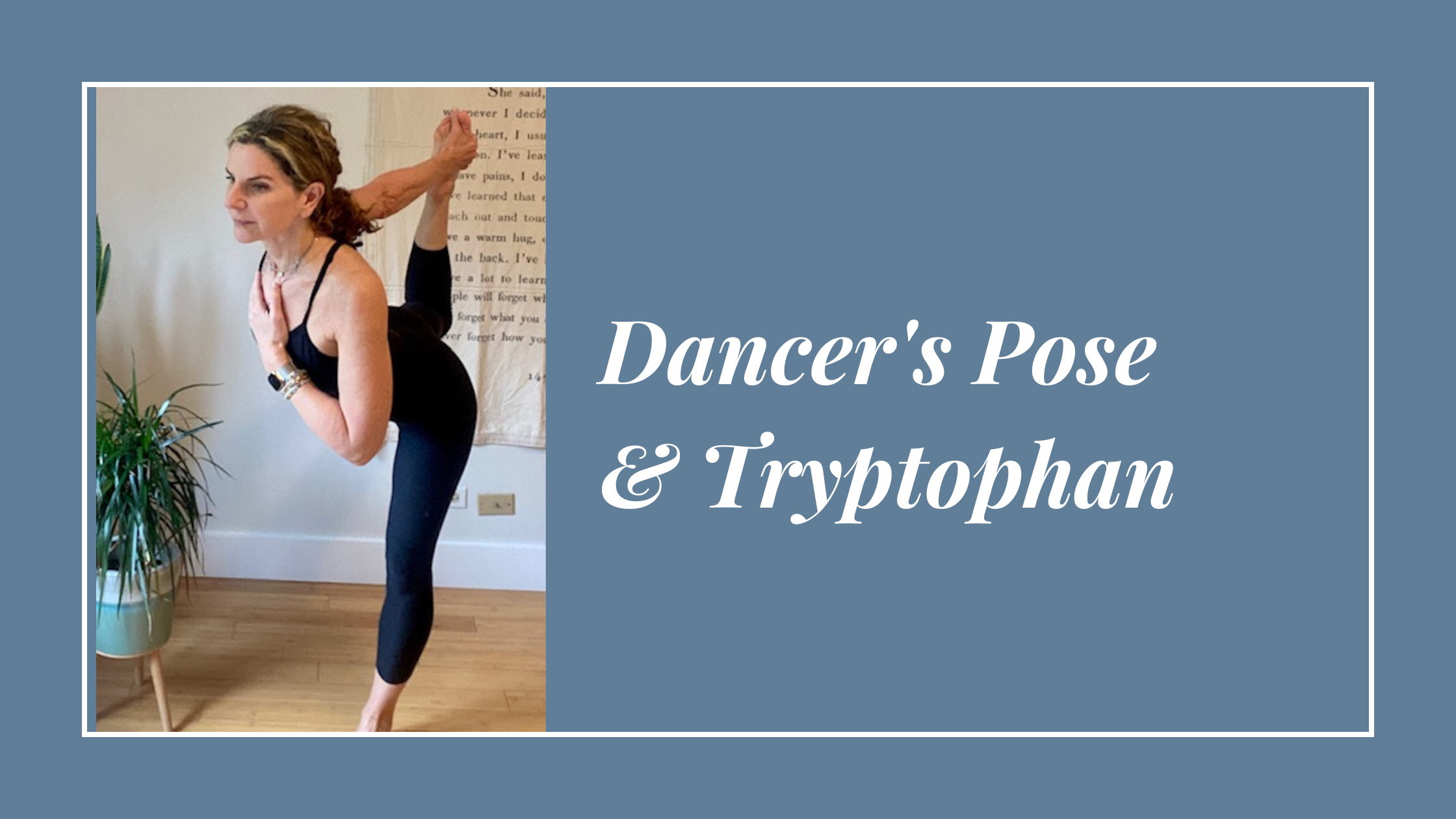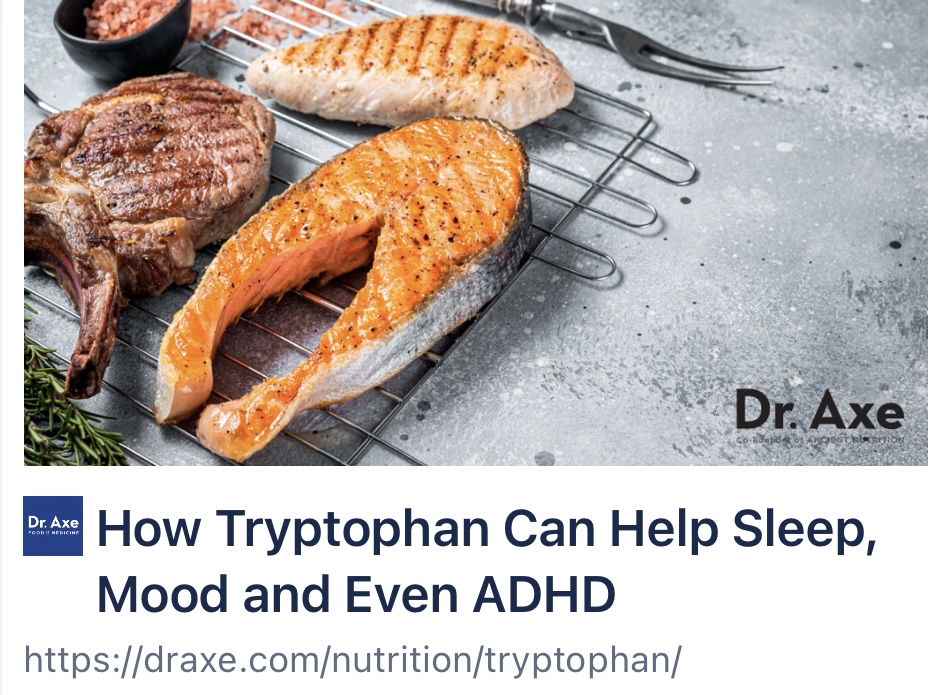Let’s dance through November and into the holiday season!
When you take the lessons learned from the myth of Dancer’s Pose and apply them to our daily lives, we are reminded not to get stuck “dancing” through old habits that are not serving us. An article I read that described the spiritual benefits of this asana stated, “When we can break free from our old patterns, embrace change, and tap into our divinity, we can finally be free of suffering.”
Let’s work together to apply this in our lives and in our yoga practice with real intention towards continued learning and personal growth.
One inspiring cue:
Come into Dancer’s Pose with your right leg lifted and your right hand grasping the in-step of your right foot. Then, bring your left hand to your heart. As you inhale, feel your heart stretch towards your left hand and slightly upwards.
Why?
When in backbends, many of us tend to move through the path of least resistance, which usually means collapsing into the low back. By placing your hand on your sternum and stretching your heart into your hand, you are giving yourself a focal point for lengthening your spine to take pressure out of your low back. Give it a try!
Anatomically your cervical spine (neck) and lumbar spine (low back) have a greater range of motion when it comes to extension. Therefore, it is easier to move into a backbend from these specific areas of your back (vs. activating the upper/thoracic spine). According to Susi Hately, author or Anatomy and Asana, when we move into backbends from the areas in our backs that are the easiest to move from, we can end up “jamming in the lower back”. I’m sure you know the feeling! This is why you hear so many instructors tell you to “open around your heart” while attempting any backbend. The goal is to create more extension in the thoracic spine to help take any extreme movement out of the lumber spine. Make sense?
One inspiring tip:
Before coming into Dancer’s Pose, do the backstroke with your arms a few times. Not only is it kind of fun, but you will warm up the shoulder joints a little more before grasping your foot.
One inspiring song:
One inspiring quote:
“Let this season remind us that there is beauty in the in-between, through the transitions, and during predictable and unpredictable changes we experience.”
– Rebecca Rosen
TRYPTOPHAN
What does turkey have to do with feeling and sleeping better? Tryptophan!
Tryptophan, also called L-tryptophan, is an essential amino acid that may have the benefits of being a natural mood regulator as well as reducing depression, anxiety, and headaches.
In my Functional Nutrition program, the nutritionists often recommend that their clients take a “meat pill” at night – a SMALL amount of turkey or pumpkin seeds – to help with sleep.
“A 2016 study showed how higher doses of dietary tryptophan led to significantly less depression, irritability, and anxiety among the healthy participants. Importantly, the authors point out that this outcome differed from most existing research that relied on tryptophan supplements.” – Dr. Axe
As always, do your best to get your nutrients through food before turning to supplements. Dr. Axe says, “There can be large differences in the actual needs of individuals when it comes to daily tryptophan intake. That’s because factors like someone’s age, weight/body composition, level of activity, and digestive/intestinal health all affect how much is absorbed and used. In general, if you simply get amino acids from foods rather than supplements, you aren’t at risk for consuming too much tryptophan, although supplements can raise this risk.”
So, how much tryptophan should you be consuming? “Research suggests that most healthy adults consume around 900-1000 milligrams of tryptophan daily. If you eat enough calories in general, vary your intake of protein and plant foods, and aren’t dealing with an intestinal disorder, chances are that you’re getting enough. However, you might benefit from consuming more if you notice signs of moodiness, irritability, fatigue, and trouble sleeping well.” – Dr. Axe
What foods have tryptophan?
2oz pumpkin seeds: 328mg
3oz ground turkey: 306mg
3oz salmon: 285mg
3oz firm tofu: 222mg
3oz edamame: 156mg
2 eggs: 154 mg
Interested in reading more about tryptophan? Click here or on the image below for the entirety of Dr. Axe’s informative article.


